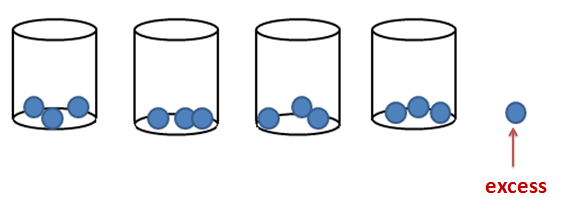Divisibility by 6
This is the fifth post in the Divisibility Rules Series. In the previous posts, we have discussed divisibility by 2, 3, 4, 5 and 10. In this post, we discuss divisibility by 6.
First, we observe that all multiples of six (6, 12, 18, 24 …) are even. We are sure of this because any number multiplied by an even number is even. Also, we can observe that multiples of 6 are also divisible by 3: 6(1), 6(2), 6(3), 6(4) = (2)(3)(1), (2)(3)(2), (2)(3)(3), (2)(3)(4),…. This, of course, follow from the fact that 6 is divisible by 3. Therefore, a number is divisible by 6 if it is divisible by 2 and it is divisible by 3.
In general, all multiples of 6 are in the form 6k, where k is any integer. But 6 is both divisible by 2 and 3. Therefore, a number is divisible by 6 if it is divisible by 2 and 3.
